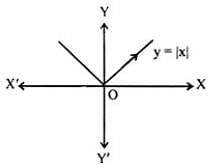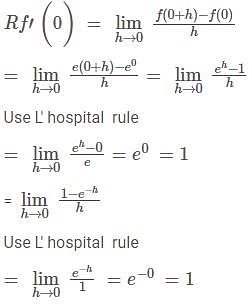DSSSB TGT Mathematics Mock Test - 4 - DSSSB TGT/PGT/PRT MCQ
30 Questions MCQ Test - DSSSB TGT Mathematics Mock Test - 4
The presence or absence of a characteristics on trait is indicated by
"To appreciate the works of mathematician". Corresponds to which value ?
According to RCEM approach the correct V order is
The method based upon real thinking, experiments and inspection
A teacher uses the text-book to fulfill his need for
Prognosis has the administrative function such as
In which type oftest no criterion is necessary?
If  are three coplanar vectors and
are three coplanar vectors and  then which one of the following is corret ?
then which one of the following is corret ?
What is the length of the longest interval in which the function f (x) = 3 sin3 x is increasing?
What is the maximum value of the function f (x) = 4 sin2 x + 1 ?
Let f(x) be a function defined in 
Consider the following statements:
- The function is continuous at every point in the interval (1, ∞)
- The function is differentiable at x = 1.5.
Which of the above statements is/are correct?
The maximum value of sin  in the interval
in the interval  is attained at
is attained at
What is the equation of the straight line parallel to 2x + 3y + 1 = 0 and passes through the point (–1, 2)?
Consider the following statements:
- The function f(x) = sin x decreases on the interval (0, π/2).
- The function f(x)= cos x increases on the interval (0, π/2).
Which of the above statements is/are correct?
If a vertex of a triangle is (1, 1) and the midpoints of two sides of the triangle through this vertex are (–1, 2) and (3, 2), then the centroid of the triangle is
Consider the integrals

What I1 - I2 Equal to ?
If sec θ - cosec θ = 4/3, then what is ( sin θ - cos θ) equal to ?
The function f : x → y defined by f (x) = cos x, where x ∈ X, is one-one and onto if X and Y are respectively equal to
Consider the following statements:
- the functionf(x) = 3√x is continous at all x except at x =0
- the function f(x) = [x] is continous at x =2.99 where [.] is the bracket function.
which of the above statement is /are correct?
Consider the following statements:
- The function f(x) = |x| is not differentiable at x=1
- The function f(x) = ex is not differentiable at x =0.
which of the above statements is/are correct ?
Consider the following for triangle ABC :

Which of the above are correct?
What is the general solution of the differential equation x dy - y dx = y2 ?
Where c is an arbitrary constant ?
A straight line with direction cosines ⟨0, 1, 0⟩ is



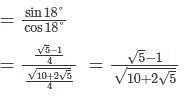




 then what is A3 equal to ?
then what is A3 equal to ?
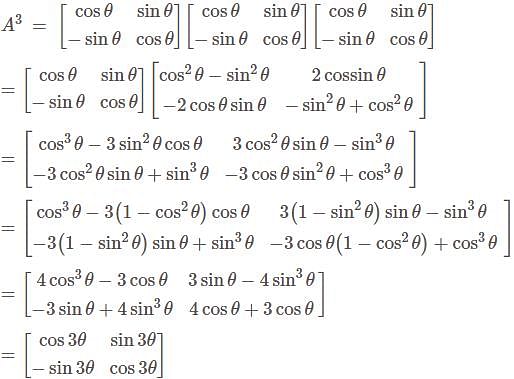

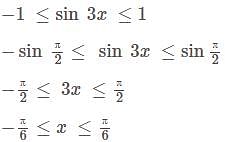

 equal to ?
equal to ?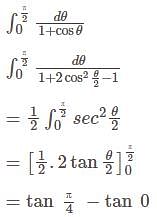


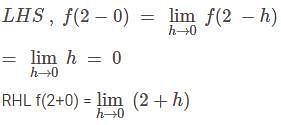

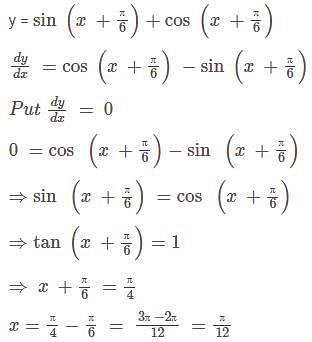
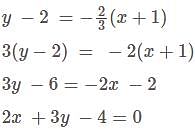

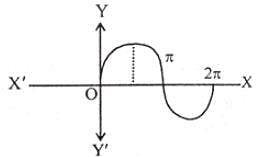

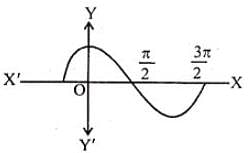
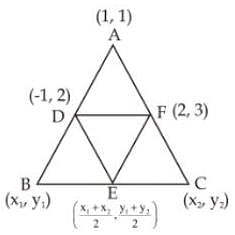


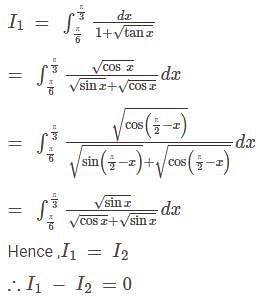
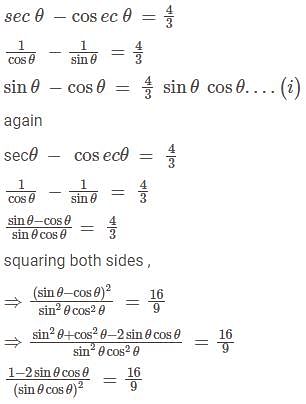
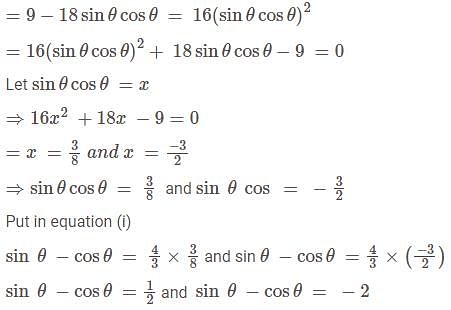

 In (tan x) dx equal to?
In (tan x) dx equal to?

